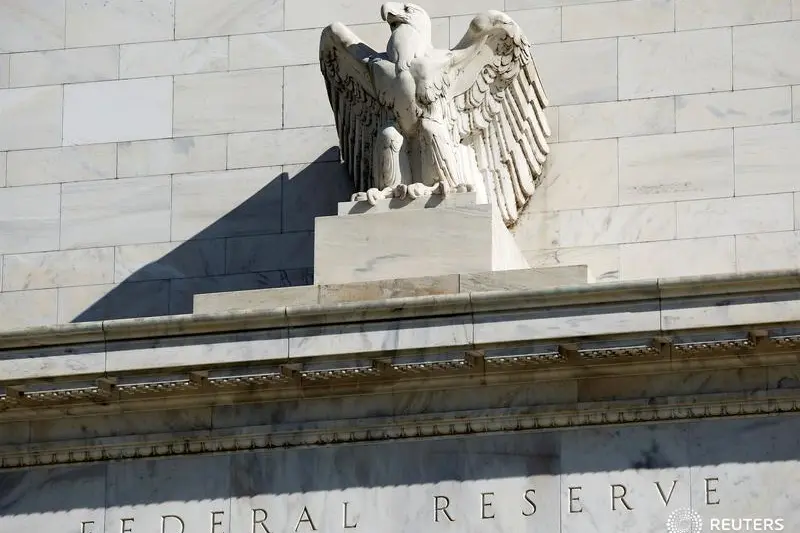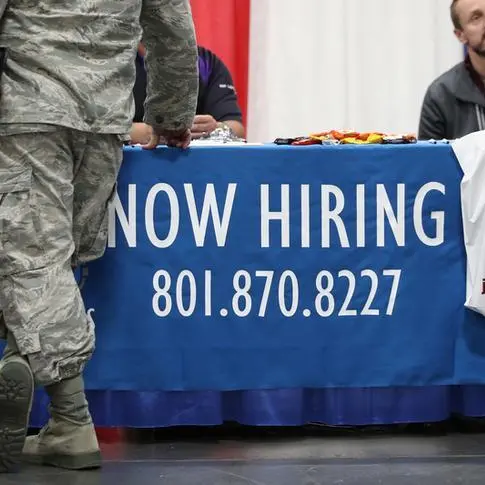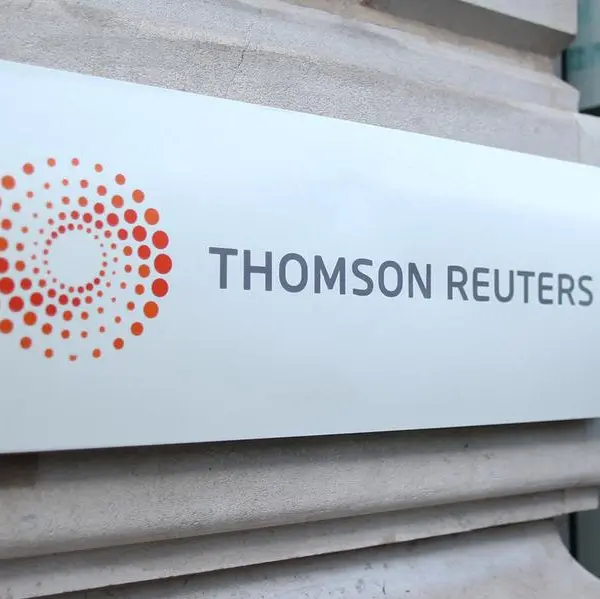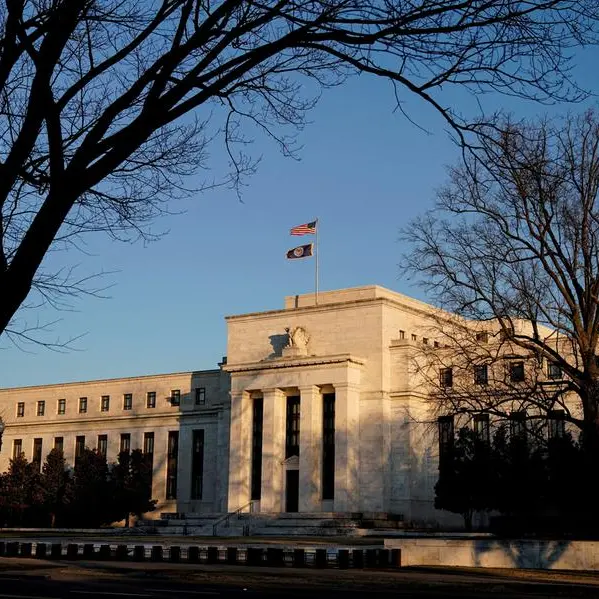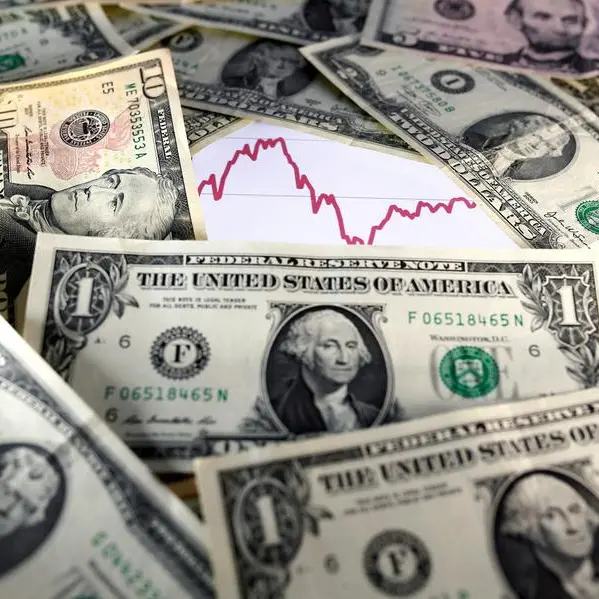PHOTO
For financial markets, the key question hanging over the Federal Reserve's expected policy easing increasingly revolves around the size of interest rate cuts and less on their timing.
The prospect that the U.S. central bank would start reducing borrowing costs in September has been a solid bet for weeks, and Fed Chair Jerome Powell was not shy at his post-meeting press conference on Wednesday in saying that a cut could come at next month's meeting, as long as economic data between now and then leans that way.
The first big dose of that data arrives on Friday, when U.S. central bankers will get a fresh take on a side of their dual mandate that had taken a back seat to inflation until now. Economists polled by Reuters expect the U.S. Labor Department's monthly employment report to show 175,000 jobs were added in July and the unemployment rate held steady at 4.1%.
If the forecasts are right, the report would signal a slight cooling of a still-strong labor market and would add to the case that Powell made on Wednesday when he said that "what the data broadly show in the labor market is an ongoing, gradual normalization of labor market conditions."
A rate cut at the Fed's Sept. 17-18 meeting "could be on the table" if the trend continues, Powell said, language that in no way suggests anything bigger than the quarter-of-a-percentage-point moves the central bank typically makes.
But a weaker reading, including fewer jobs gained or an uptick in the unemployment rate, could bolster the case for a bigger reduction in borrowing costs, either in September or at a following meeting.
"I would not like to see material further cooling in the labor market," Powell told reporters. "If we see something that looks like a more significant downturn, that would be something that we would ... have the intention of responding to."
Asked if the Fed could start with a bigger-than-usual rate cut, Powell said it is "not something we are thinking about right now."
Financial markets, however, are clearly already doing so.
Interest rate futures are pricing in about a one-in-four chance that the Fed in September will cut its benchmark overnight interest rate by half a percentage point from the current 5.25%-5.50% range, where it has been for more than a year.
Before Powell's remarks on Wednesday, a half-percentage-point cut next month was seen as a long-shot, one-in-twenty probability. Data on Thursday also fueled bets the Fed will need to respond aggressively, with a measure of factory employment dropping to a four-year-low last month and new applications for unemployment insurance benefits rising to the highest level in nearly a year.
'YESTERDAY'S PROBLEM'
Financial markets are also pricing about a one-in-three chance the Fed's policy rate will be down to the 4.25%-4.50% range by the end of the year, a level that can't be reached without at least one half-percentage-point cut at one of the three remaining policy meetings of 2024.
Economists at Pantheon Macroeconomics, who estimate U.S. employers added a below-consensus 130,000 jobs last month, think even a full percentage point of rate cuts this year may not be enough to keep the economy on an even keel; they project the Fed will start with a quarter-percentage-point cut but escalate its easing with half-percentage-point moves at the Nov. 7-8 and Dec. 17-18 meetings.
"Our view remains that the Fed is recognizing too slowly that the labor market is cooling and that high inflation is yesterday's problem," they wrote this week. "With interest rates well above neutral, the easing cycle likely will be much faster than markets anticipate if, as we expect, the labor market data continue to weaken and inflation remains benign."
The Pantheon Macroeconomics view is not widely held. Most economists expect the Fed will deliver rate cuts in gradual quarter-percentage-point increments, and many still think it will cut just twice this year. U.S. central bank policymakers anticipated only one cut in their quarterly projections in June.
Since those projections were issued, inflation readings have come down, and what happens next with Fed policy increasingly hinges on developments in the labor market.
Powell's remarks on Wednesday show that "upside inflation risks are no longer the only - or even clearly the most prominent - concern for the Fed when determining when and how fast to cut rates," Deutsche Bank economists wrote in a note.
(Reporting by Ann Saphir; Editing by Paul Simao)
